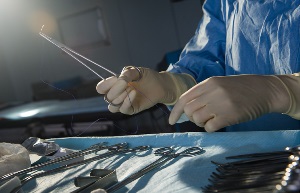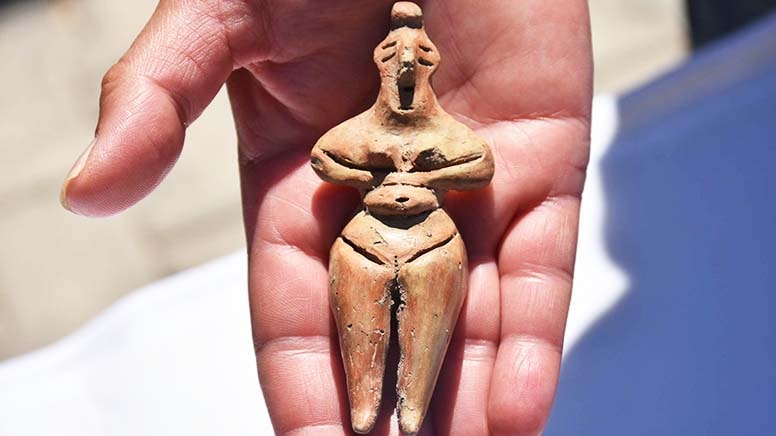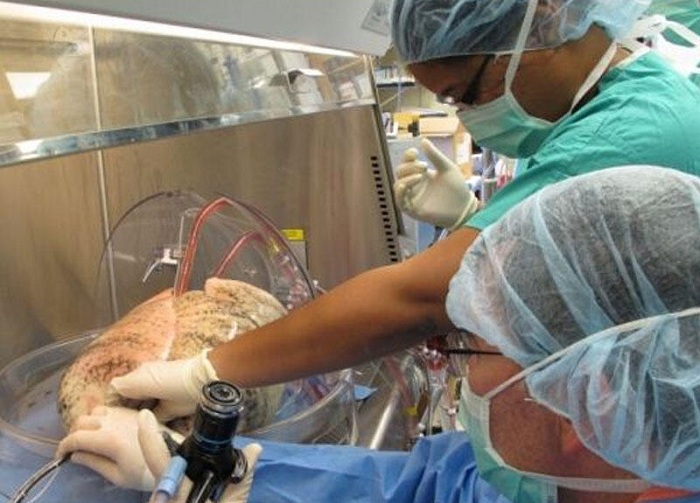
- A-
- A
- A+
Smart stitches send doctors information on wounds as they heal
Visions of the future of medicine often involve digital sensors that constantly monitor patients, but not many people imagine that these sensors could be stitched directly into us. But that's the suggestion of a team of researchers from Tufts University, who have developed prototype "smart stitches" that can be used to close wounds—but also send real-time data on tissue health to doctors.
To make their stitches smart, Tufts scientists created a few basic thread types to act as building blocks for more complex sensors, as described in a paper published in the journal Microsystems & Nano engineering. The two most important of these were threads that could transmit small amounts of electricity, made by dipping strings of cotton in conductive ink; and threads that would carry liquid through the tissue, created by giving the threads a hydrophilic coating that increased their capillary action (that's the same force that's in action when liquid soaks through a paper towel).
By combining these two threads with other materials, the scientists were able to create stitches and bandages with an array of different functions. These include gauging the amount of strain exerted on muscle (done by coating threads with a material that conducts more or less electricity based on whether it's being stretched), and measuring the pH, or chemical composition, of the tissue (done by wicking liquid from the wound to a sensor on the exterior of the skin). Other threads were created that measured glucose concentration, temperature, and pressure, and all the sensors sent their data to an external module that transmitted the information wirelessly to a computer.
Similar News
Links



 Elm TV
Elm TV
 Photo
Photo
 Video
Video





